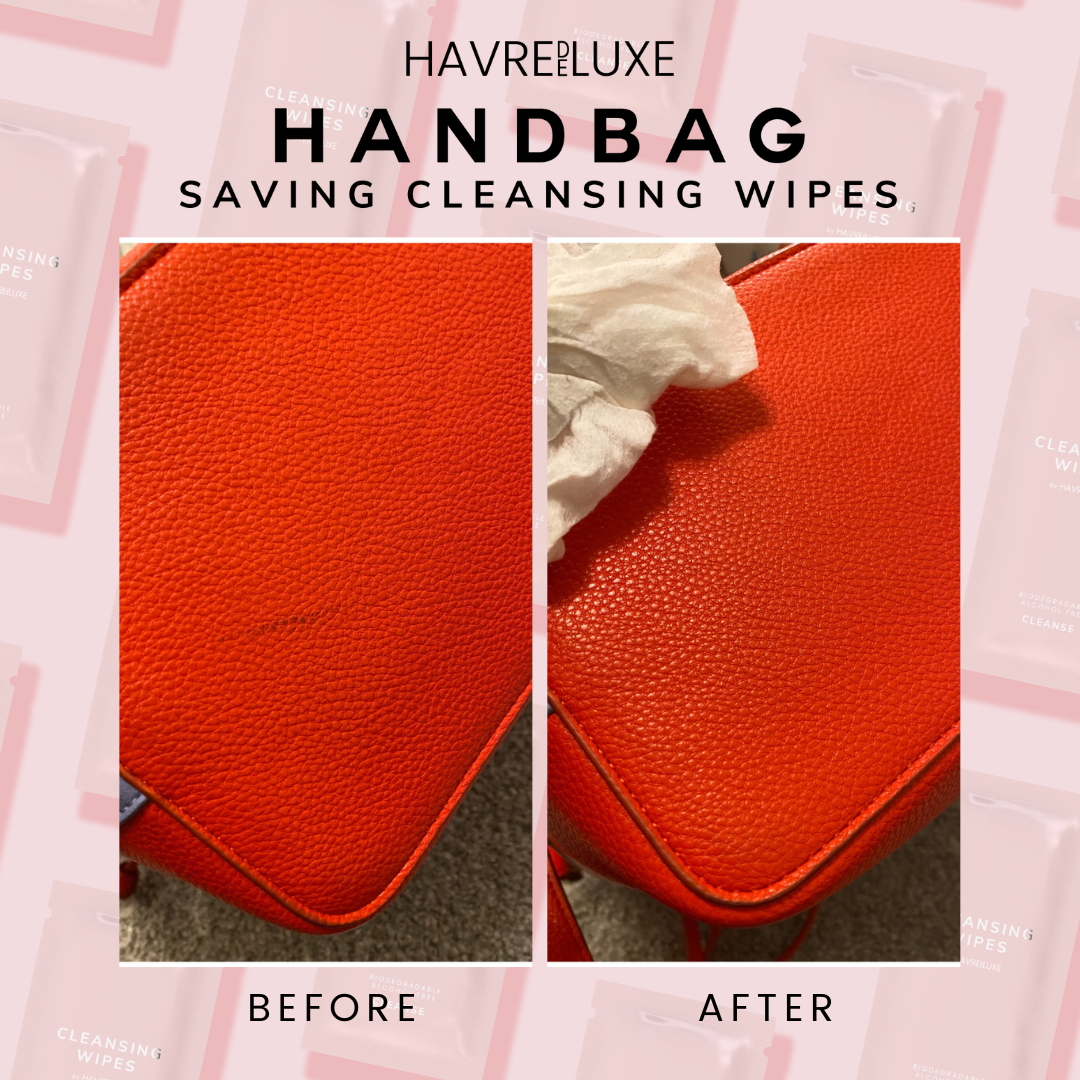No true handbag collection is complete without one of Louis Vuitton's iconic logo bags. One of the most recognisable, popular and luxurious designs in the world, with a fascinating history to match. It’s no wonder that customers and handbag lovers keep returning to Louis Vuitton.
Trust us when we say you could spend all day reading about Vuittons history, and all the twists and turns that came along with it. However, for those of you that just want to brush up on your knowledge, we’ve picked out our favourite must know facts, about the brands journey.
1 Louis Vuitton all started out with a 300 mile journey - on foot!
Back in 1834, there was no shortcut to making it in fashion. At the young age of 13, Vuitton decided he needed to get to Paris to get his start in the industry. So he left his hometown of Anchary, and made the 300 mile journey on foot. Working along the way to survive, it took him 2 years to get there. That’s what we consider dedication!
2 The Alma Bag was a special order for Coco Chanel.
The first French fashion icon to influence a Louis Vuitton bag, in 1925 Chanel ordered a unique day-sized version of the Alma Voyage for personal use. The bag proved itself to be so lust worthy by others that it went into regular production in 1930.

3 Audrey Hepburn was the muse for the Speedy Bag.
In a very similar manner to Chanel, in 1965 Hepburn asked Vuitton to create a miniaturized version of the popular Keepall travel bag for use everyday use. They obliged and created a one of a kind bag for her, which then became the iconic regular-production piece we know today.

4 You can hold bottles of Champagne in The Noé Bag
Many of LV’s creations were to provide solutions to the problems of the rich and famous problems; one being how to carry bottles of champagne elegantly. The first bucket bag (the Noé) was designed to carry 5 bottles of champagne, and still can today.

5 The famous Damier and Monogram prints were created to avoid copies.
It’s hard to image a Vuitton without the iconic prints, but the first ever pieces were striped. This proved easy to copy by less famous makers, and so Vuitton created the checked print known as the Damier, and then the extremely detailed (and infamous) monogram print in 1896. Both of which proved hard to imitate with the available technology.
Shop Louis Vuitton hardware protectors & leather care now


























